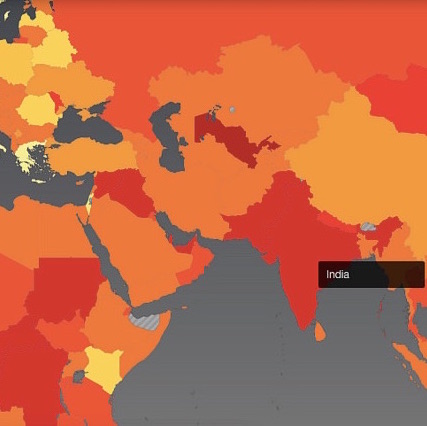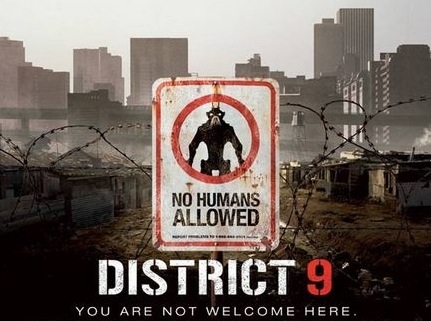In March 2013, only three months after the December 2012 Delhi gang rape of a 23-year old women, the Indian government passed a bill criminalizing sex trafficking. However, since 2013, sex trafficking in India, of women specifically, has only grown.
The system of sex slavery and trafficking in India was historically set up by the British military, during its colonial rule between 1858-1947. The British military established and maintained brothels for its troops in India. The women and girls were recruited directly by the military, and were paid according to the prices determined by the British military. The cage-like structures women worked and lived in were created to protect women from customers. However, these cages have become a symbol of these women’s trapped lives. These brothels, and cages, still exist today in Mumbai, the Kamathipura neighborhood still being the largest.
While history is important to understanding this issue of modern slavery in India, there are several other economic, political, and social problems that cause it to persist. Poverty makes these women and girls vulnerable to the appeal of employment and money. The caste system, which determines individuals’ class from birth, perpetuates this issue within a certain lower class group in this class structure. Urbanization and migration creates and establishes large markets for commercial sex, and sex trafficking.
Indian women can also be trafficked across the border to entirely new states. The Middle East is a primary area for this type of illegal activity.
While the Indian government is willing to enact laws in order to changes these circumstances, enforcing these laws has become a difficult problem. According to the U.S. State Department and the Trafficking in Persons Report (TIP), police and authorities throughout India do not prosecute and punish traffickers and protect trafficking victims effectively. Complicity and corruption are the major causes of this type of inefficiency.
The TIP is a report developed under the U.S. State Department. It is “the world’s most comprehensive resource of governmental anti-human trafficking efforts.” Through this report, the U.S. government is able to engage foreign governments on the issue of human trafficking.
While this issue persists throughout India, there have been clear efforts, and a willingness by the national and international community to amend laws and regulations, including the 2013 bill criminalizing sex trafficking in the state of India and the 2009 UN Human Rights Council resolution on trafficking of women and children. The challenge remains in bridging the gap between this willingness and enactment towards enforcement and justice for these women.




